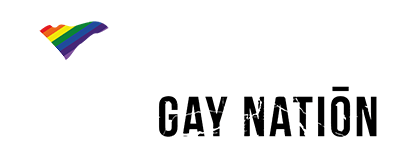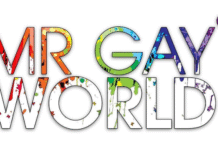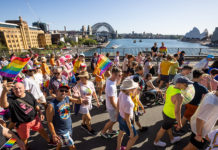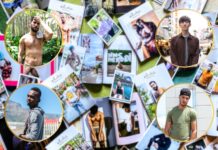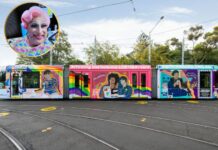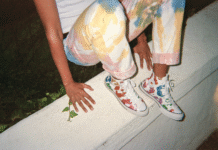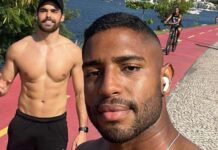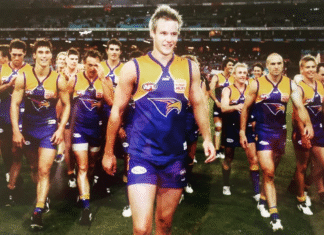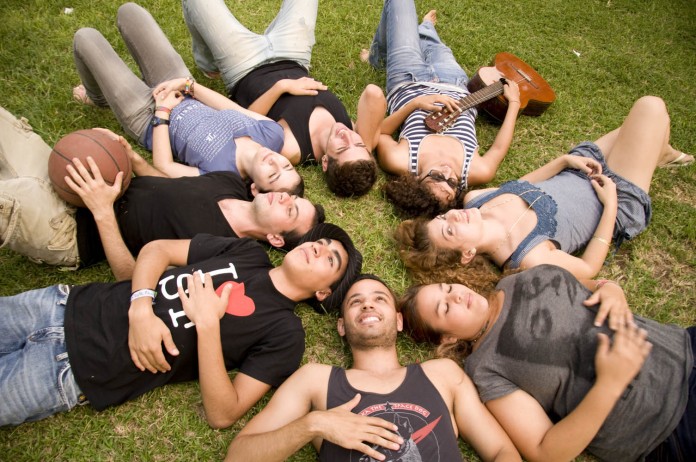
The internet is the most common source of sexuality education for LGBTQI teenagers and it is claimed pornography is the default for a lot of the information gathered.
These findings were presented as part of a larger study on the effectiveness of sex education in schools on the opening day of the 2015 World STI & HIV Congress at the Brisbane Convention and Exhibition Centre.
Drawing on international evidence of best practice, and recent and ongoing research funded by the Australian Research Council (ARC) and the Young and Well Collaborative Research Centre (CRC), the findings were presented by a Professor in Sociology in the School of Sciences and Psychology at the University of Western Sydney Kerry Robinson.
Professor Robinson claimed that the young people in the study were saying sexuality education was ineffectual and irrelevant to them.
“It was mainly about body changes around puberty, human reproduction and STI’s, pregnancy prevention and these were seen as not hitting the mark for them(LGBTQI youth) for what they needed,” said Prof Robinson.
“There was little acknowledgement about sexuality diversities.
“And certainly issues around trans-gender were rarely spoken about at all.
“These (survey results) are about our sexual citizenship and young people from a very early age have the right to access comprehensive sexuality education. It is their sexual citizenship right.”
The CRC funded project, Growing Up Queer, included a validated online survey of LGBTQI Young People, aged 16-27 years and was completed by 1,032 participants across Australia. There was also a focus group conducted with young people and one with staff from support services.
“The internet was the most common source of information and family and health professionals were not significant in providing information to young people,” continued Prof Robinson.
“Pornography was the default sex education for a lot of these young people.
“But there are issues there (pornography) in terms of the way relationships are portrayed and developed and how you see yourselves as part of that.”
As well as the lack of education the study showed schools were seen as one of the most homophobic and trans-phobic places for an LGBTQI youth.
“18% of (those surveyed) had been physically abused, 64% of them verbally abused and 32% had experienced other forms of abuse like cyber bullying or graffiti.
“What was most problematic for them was that personal development, health and physical education(PE) was a significant area of homophobia and trans-phobia.
“This is particularly concerning because that’s where sexuality education lies.
The most problematic issue for the youth surveyed was when they received homophobia and trans-phobia from their teachers.
“Primarily the most distressing thing for young people is to think that there should have been somebody there to help, but that person was central to a lot of that behaviour.”
The impact of this occurring meant students would miss or move schools, hide during lunch/recess, not go to the toilet, not go to classes and not continue to be involved in sport and PE.
The original report Growing Up Queer was released in February 2014.

The World STI and HIV Congress continues today with speakers from around the world converging on Brisbane for the next three days.
More than 672 abstracts will be presented and Eikōn is here to find the latest information.
Follow Eikōn on twitter for the latest or check out the social feed of the event.
Last Updated on Sep 14, 2015
The news team for Gay Nation love tips from our readers. Got tips or a news story that you would like published? Go here to tell us something.
Visit the Gay Nation store Now

